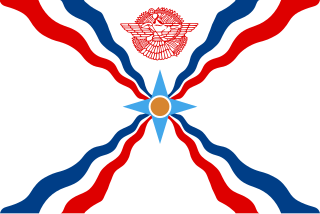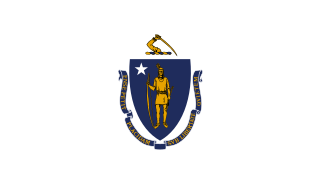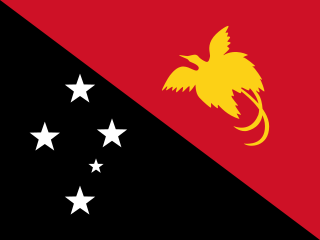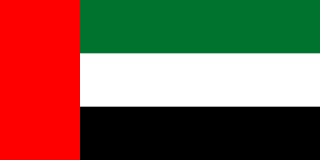 W
WThe flag of Andorra is the national flag of the Principality of Andorra and features a vertical tricolor of blue, yellow, and red with the coat of arms of Andorra in the center. Although the three vertical bars may at first appear to be of equal width, the centre yellow bar is slightly wider than the other two so that the ratio of bar widths is 8:9:8 with an overall flag ratio of 7:10.
 W
WThe Assyrian flag is the flag chosen by the Assyrian people to represent the Assyrian nation in the homeland and in the diaspora.
 W
WThe Australian Aboriginal Flag represents Aboriginal Australians. It is one of the officially proclaimed flags of Australia, by which it has special legal and political status together with the national flag and the Torres Strait Islander Flag, with which it is often flown.
 W
WThe Flag of Campania is the regional flag of Campania in Italy. It is simply the shield of arms of Campania superimposed on a blue field.
 W
WThe flag of Lethbridge is the official flag of Lethbridge, Alberta, and was adopted in 1967, the year of Canada's centennial. It is based on the flag that was once flown at Fort Whoop-Up.
 W
WThe flag of the Commonwealth of Massachusetts is the flag of Massachusetts. It has been represented by official but limited-purpose flags since 1676, though until 1908 it had no state flag per se to represent its government. A variant of the white flag with blue seal was carried by each of the Massachusetts volunteer regiments during the Civil War alongside the National Colors. An exception were the two "Irish regiments", each of which was permitted to carry an alternative green flag with a harp symbol. The state currently has three official flags: a state flag, a "naval and maritime flag", and a governor's flag. With Florida and Minnesota, it is one of only three state flags to prominently feature a Native American in its heraldry. In 2001, a survey conducted by the North American Vexillological Association (NAVA) placed Massachusetts's state flag 38th in design quality out of the 72 Canadian provincial, U.S. state and U.S. territorial flags ranked.
 W
WThe flag of Nicaragua was first adopted on September 4, 1908, but not made official until August 27, 1971. It is based and inspired on the flag of the Federal Republic of Central America and flag of Argentina.
 W
WThe flag of Papua New Guinea was adopted on 1 July 1971. In the hoist, it depicts the Southern Cross; in the fly, a raggiana bird-of-paradise is silhouetted. The design was chosen through a nationwide design competition in early 1971. The winning designer was Susan Karike, who was 15 at the time.
 W
WThe Romani flag or flag of the Roma is the international flag of the Romani people. It was approved by the representatives of various Romani communities at the first and second World Romani Congresses (WRC), in 1971 and 1978. The flag consists of a background of blue and green, representing the heavens and earth, respectively; it also contains a 16-spoke red dharmachakra, or cartwheel, in the center. The latter element stands for the itinerant tradition of the Romani people and is also an homage to the flag of India, added to the flag by scholar Weer Rajendra Rishi. It superseded a number of tribal emblems and banners, several of which evoked claims of Romani descent from the Ancient Egyptians.
 W
WThe flag of the United Arab Emirates contains the Pan-Arab colors red, green, white, and black. It was designed in 1971 by Abdullah Mohammed Al Maainah, who was 19 years old at that time, and was adopted on 2 December 1971. The main theme of the flag's four colors is the unity of Arab nations. In 2008, there was a minor change to the Emblem.
 W
WThe flag of Windsor, Ontario, was designed by Hector Lacasse, former mayor of adjacent Tecumseh, during a local contest in 1971. The blue and white represent the Detroit River and Saint Lawrence Seaway, respectively. The flag contains the seal of the city in the upper left and a rose in the lower right, highlighting Windsor's alternate motto, "The Rose City"/"City of Roses." The city seal was replaced in 1992 by a corporate seal. The date of 1854 on the seal signifies the final date in which the railroad to Windsor was completely built and the city was formed by the amalgamation of several other settlements. It is also the date that it was founded as a town.